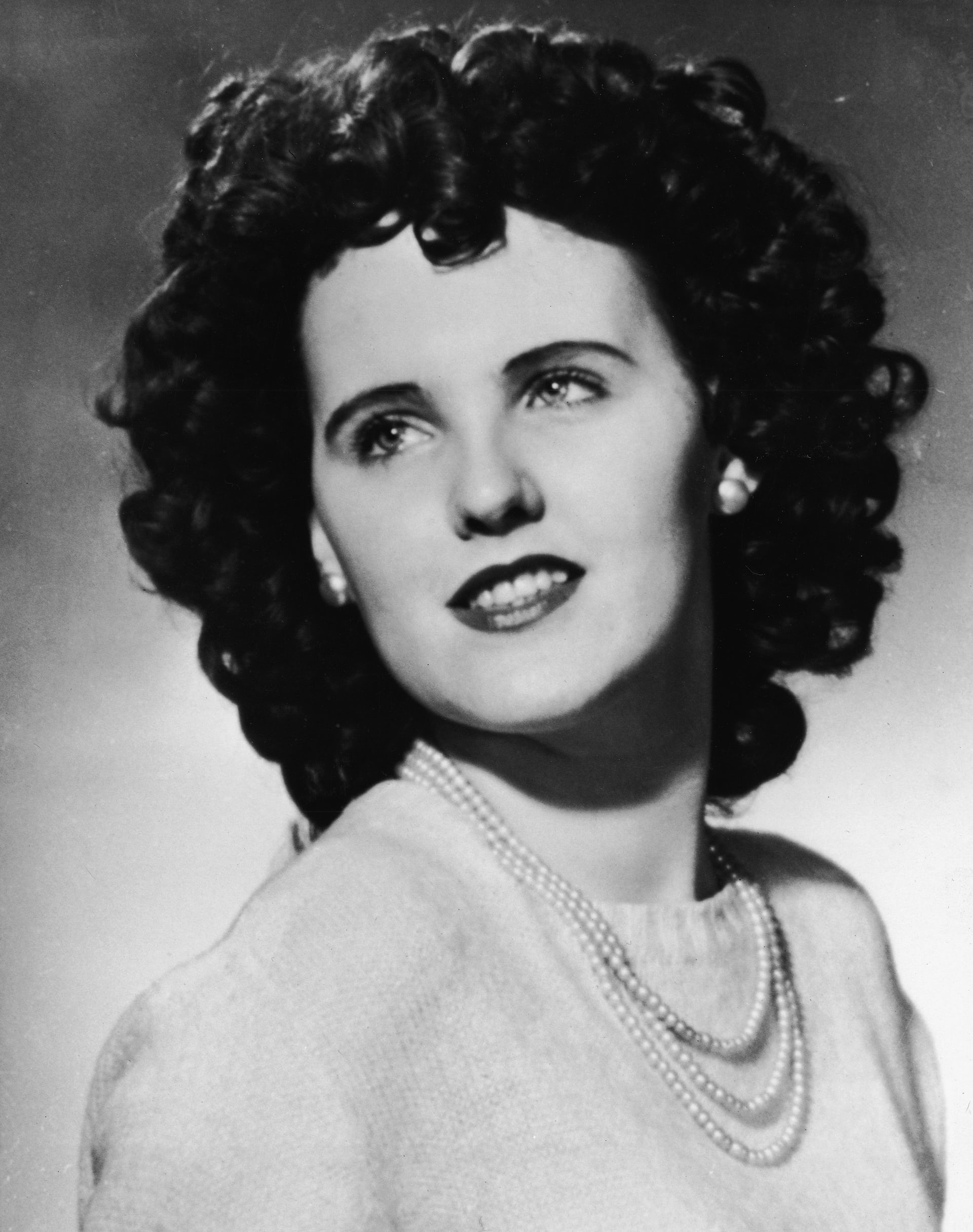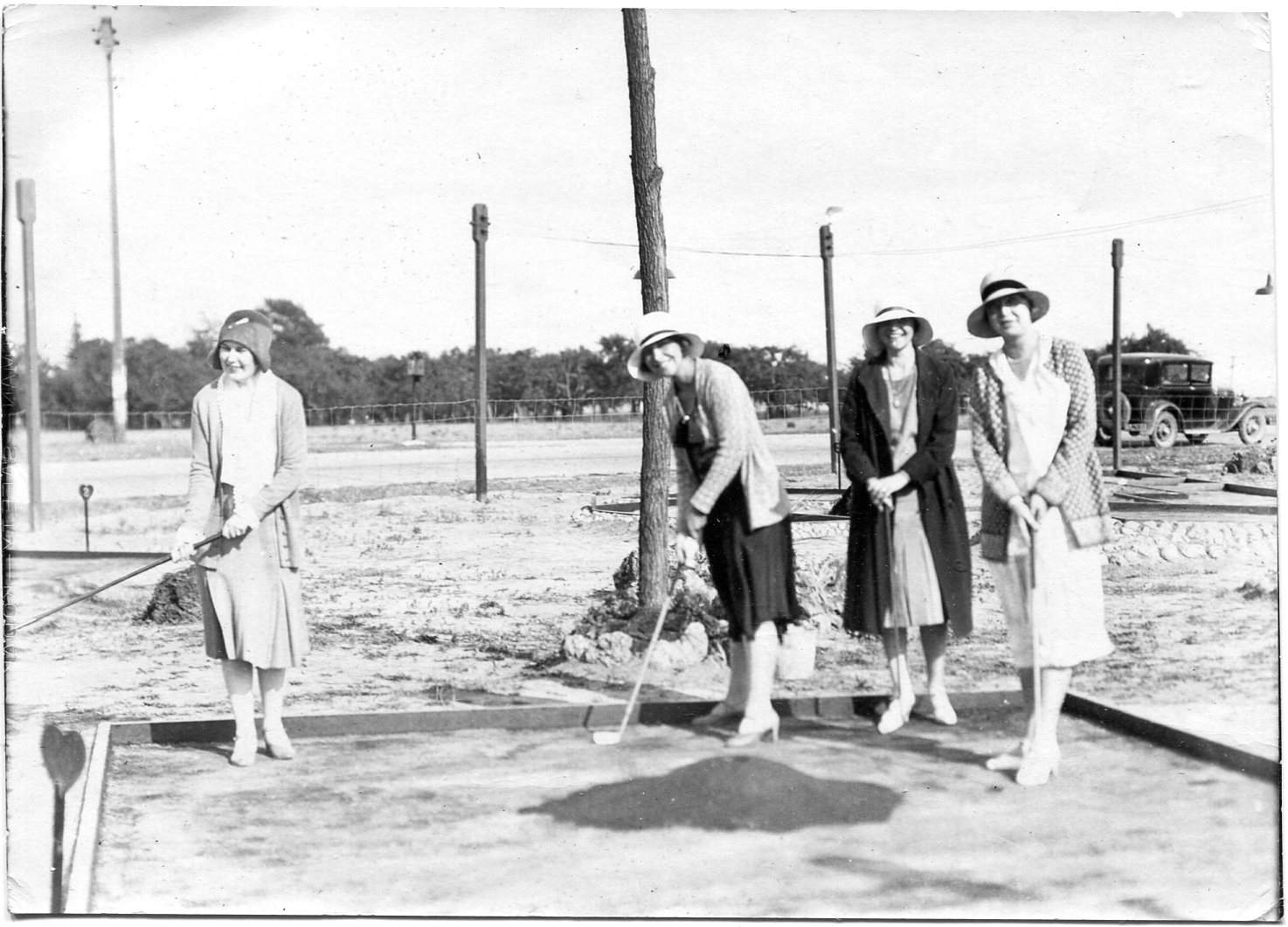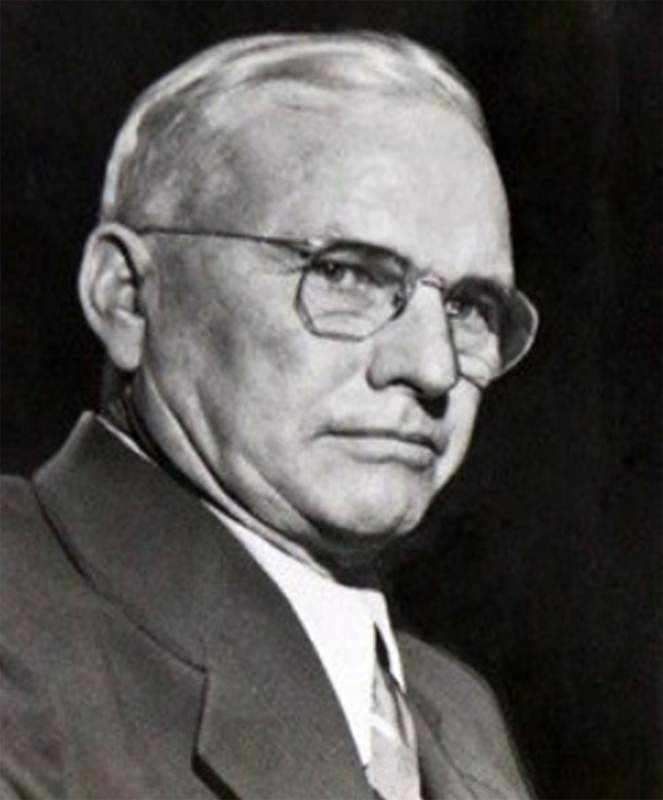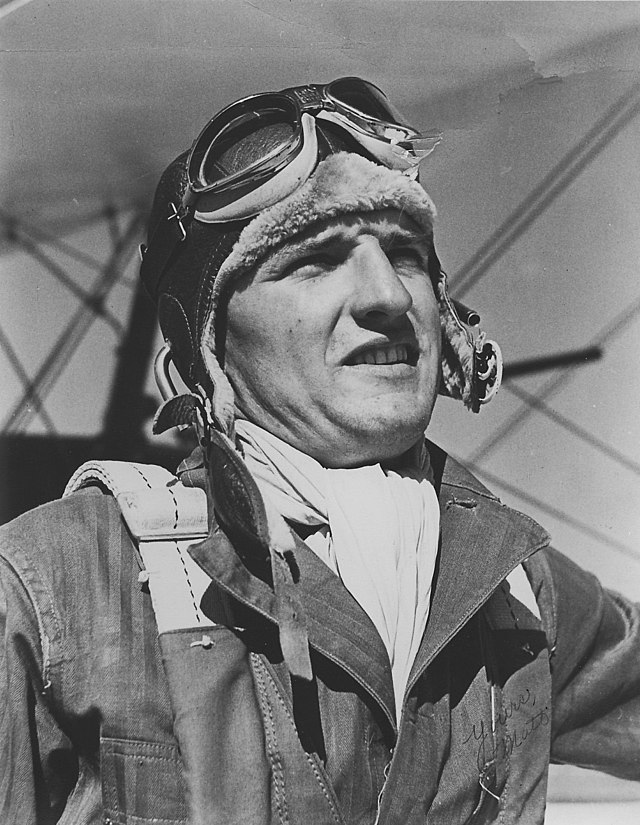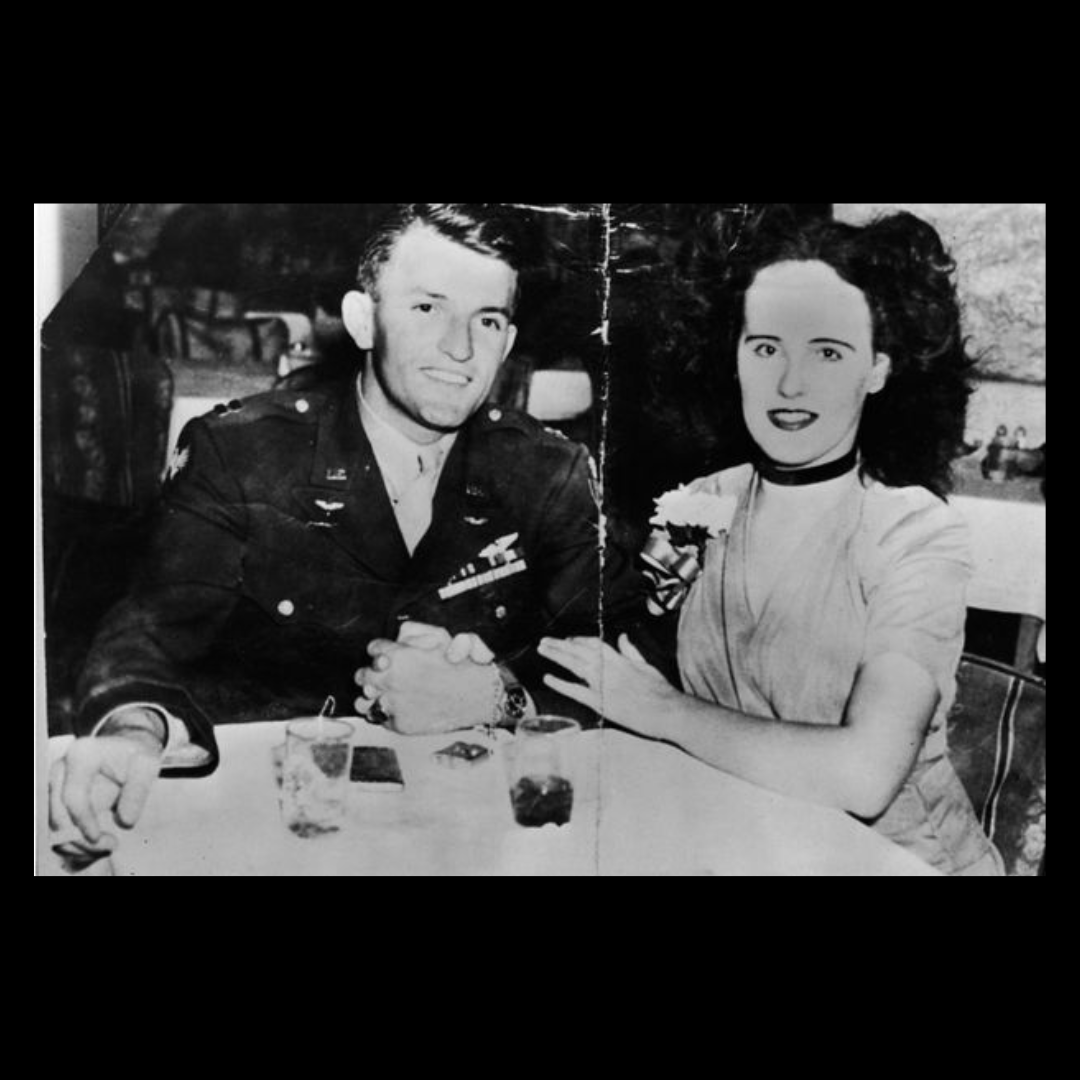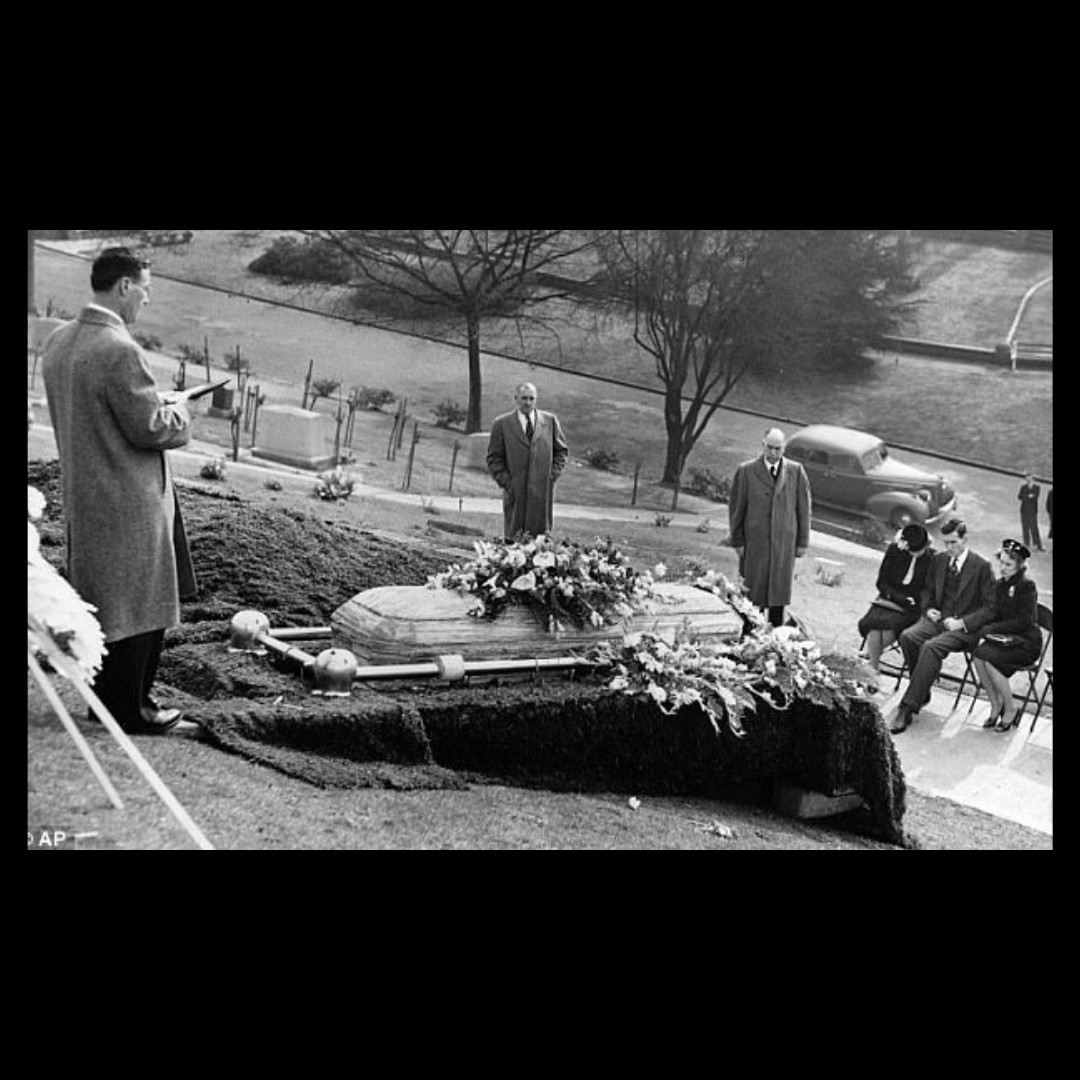In 1943, the court sentenced Carl G. Hopper, the human fly, to fifteen years to life in prison. Of course, the human fly would not be content to sit in Folsom Prison while some of the best years of his life, um, flew by.
Hopper wangled an early parole so that he could join the Army—but if Folsom couldn’t hold him, how could the Army expect to? By late October 1944, he’d escaped from the guardhouse at Camp Roberts.
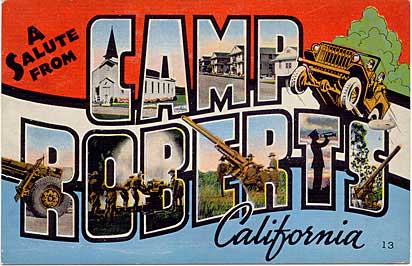
On October 27, 1944, at 7:50 p.m. someone observed Hopper in a car listed as stolen. A radio patrolman and a military policeman approached him at Third Street near Lucas Avenue. Exiting the vehicle, he approached the officers on foot. He drew a gun and made his escape when the M.P.’s gun jammed as he tried to fire at the fleeing man.
An hour later, Hopper held up John D. Bowman of Downey in front of 1212 Shatto Street. Bowman told cops that the bandit was “too drunk to know how to drive,” so he forced Bowman to start his (Bowman’s) car for him and then he sped away.
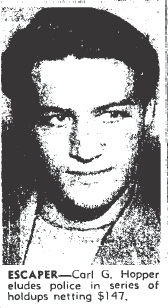
Next, he turned up in Beverly Hills, where he accosted Freddie Schwartz and Maude Beggs as they arrived at 514 N. Hillcrest Street for a party. Schwartz complied with Hopper’s demand for money, but he only had a $5 bill which Hopper hurled back at him in disgust, complaining that it was not enough.
At 10:35 pm. Hopper held-up Sherman Oaks residents Mr. and Mrs. Julian N. Cole and Mr. and Mrs. Walter Deutsch on Valley Vista Blvd. He took $25 from Cole and $2 from Deutsch.
Only minutes later, he held up Dorothy Snyder in the 600 block of S. June Street, but he refused to take her money when he discovered she had only $7 in her purse. The fly was a gentleman.
Hopper’s one-man crime wave continued.
A about half a block away from where he’d encountered Dorothy Snyder, he held up Dr. Rudolph Mueller, getting away with $65.
After robbing Dr. Mueller, police officers, S.W. Stevenson, and K.M. Aitken observed Hopper driving at a high rate of speed. They pursued him until he crashed into a palm tree on Second Avenue near Santa Barbara Street. The fly fled on foot between.
About ten minutes following the car crash, Hopper committed another hold-up. This time he robbed C.B. Kaufman of his sedan and $55 near 43rd Street and Western Avenue.
Then the fly disappeared.
At the Mexican border near Tijuana, Hopper got caught when his attempt to shoot a U.S. Customs Service inspector, who had stopped him for routine questioning, was thwarted. The inspector, Richard McCowan, wasn’t entirely satisfied with Hopper’s answers to his questions and ordered him to wait. Hopper responded by pulling out a .38 caliber revolver and jamming it into McCowan’s abdomen. Hopper may have seen too many western movies. He tried to discharge the weapon by fanning it, but failed to pull the hammer back far enough. Police took him into custody.
Hopper admitted his identity and boasted of how he led police in Los Angeles on a merry chase. He denied committing any of the crimes laid at his feet. He said, “they are just trying to pin something on me.”
The police did not have to pin anything on him. When they busted him, he had a gasoline ration book and a driver’s license made out to C.B. Kaufman, the man he had robbed of $55 and his sedan.
During the couple of days he conducted his one-man crime wave, Hopper committed six robberies, netting him $147. He stole three automobiles, one of which was a police car.
Authorities returned Carl to the Los Angeles County Jail, where they booked him on suspicion of the various crimes committed during his escape from Camp Roberts. They set his bail at $10,000.
The court tried, convicted, and then sentenced Hopper to life in Folsom Prison.
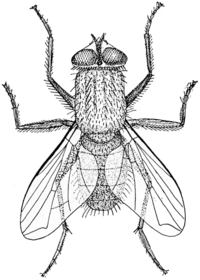
On December 12, 1946, only three years after his escape from the Hall of Justice Jail in Los Angeles, Hopper attempted to break out of Folsom. He slugged a guard, ran to the top cell block, broke a skylight, and made his way to temporary freedom over the roof, and down the ladder of an unmanned guard tower. Then he took a 12-foot leap from a wall. Hopper got no further than the prison yard when he discovered the American River, swollen by recent rains, was far too dangerous to cross.
When guards found Hopper, he said that he was “cold, wet and hungry.” They returned him to his cell.
The ordinary housefly lives from 15 to 30 days. The human fly never reached old age. On June Jail in Los Angeles, twenty-nine-year-old Hopper hanged himself with a bed sheet tied to a piece of plumbing in his solitary cell in Folsom Prison.















